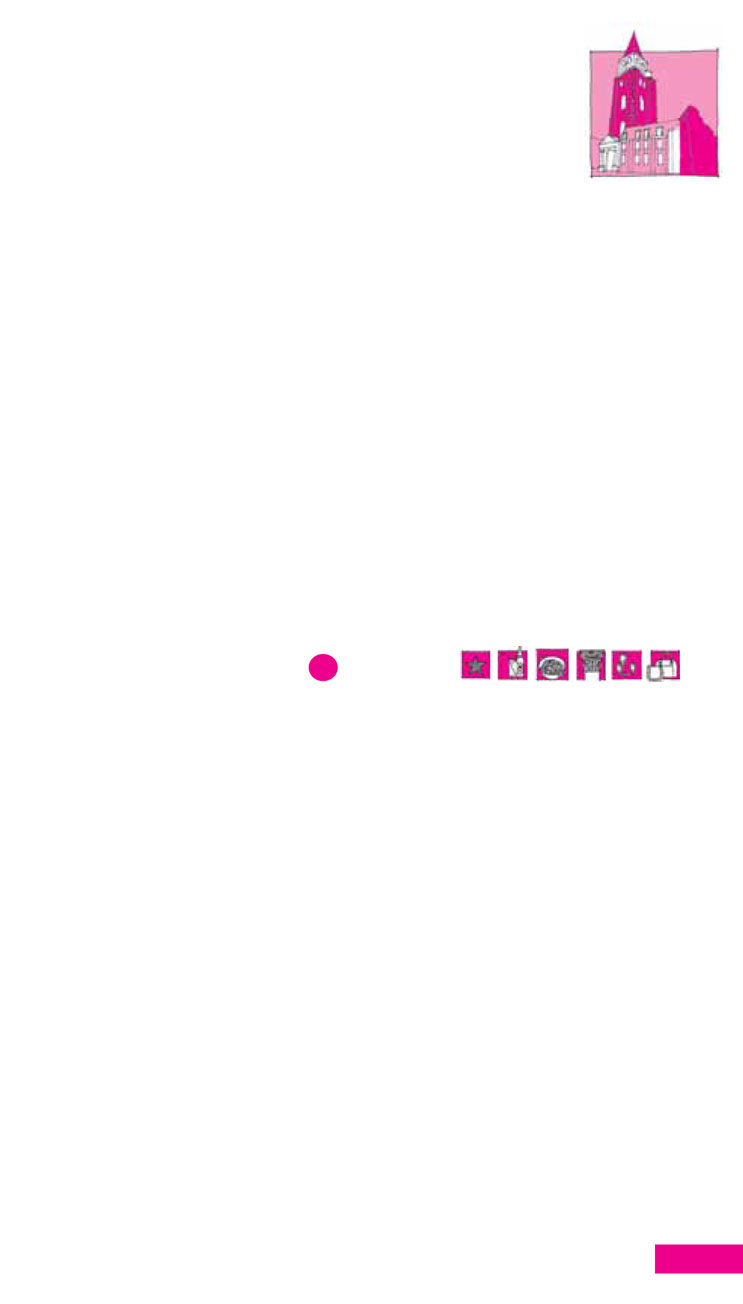Chareau managed to turn an unpromising site into a stunning Modernist house and workplace (Dalsace was a gynaecologist). Built between 1928 and 1932, this project made Chareau famous. Unlike other Modernist villas, which were invariably built on more spacious suburban sites, Chareau had a lot to contend with for this design. Not only
was the plot of land restrictive, he also had to design around the top-floor tenant – who refused to move during the reconstruction – and was obliged to demolish the bottom three floors without disturbing the original top floor.
The primary materials were steel, glass and glass block, and by collaborating with Dutch architect Bernard Bijvoet and Louis Dalbet, a craftsman metalworker, Chareau reshaped the inner spaces into a warm and liveable series of volumes distributed around a massive void that is bathed in a dim light. The glass wall, until then a purely technical device, allows daylight to softly filter into the heart of the house, while the internal spatial divisions can be altered by the use of sliding, folding or rotating screens in glass or metal. The house is beautifully maintained by an American architectural historian.
Maison de Verre
Opening times: 7am–7pm daily
Tel: 01. 45 44 91 21
12
Retrace your steps back along Boulevard St-Germain until you come to rue de Montfaucon on your right. The Marché St-Germain is at the top of this short street. Located on the site of a former fairground, this covered food market takes up the entire block between rue Mabillon and rue Felibien and was first opened in 1818. Return to Boulevard St-Germain and turn right.
Turn left onto rue l’Ancienne-Comédie and the restaurant Le Procope will be on your right at No. 13. Founded by a Sicilian called Francesco Procopio dei Coltelli in 1686, this is reputed to be the world’s oldest coffee house. It was popular with Paris’ political and literary elite, including the philosopher Voltaire, who is supposed to have drunk 40 cups of his favourite mixture of coffee and hot chocolate every day. The young Napoleon also used to come here, and would leave his hat as security while he went to search for money to pay his bill. It was also popular with the actors from the Comédie Française, which used to be located nearby. Now a restaurant, it was revamped in an 18th-century style in 1989.
The warren of ancient laneways behind rue l’Ancienne-Comédie contain a number of interesting old courtyards. Cour du Commerce St-André is a charming vestige of medieval Paris, although No. 9 has a gruesome association as it was here that Dr Guillotin perfected his ‘philanthropic decapitating machine’, the guillotine. Access to the Cour de Rohan is from the Boulevard St-Germain and rue du Jardinet. This is a series of three courtyards overlooked
St Germain des Prés
87

